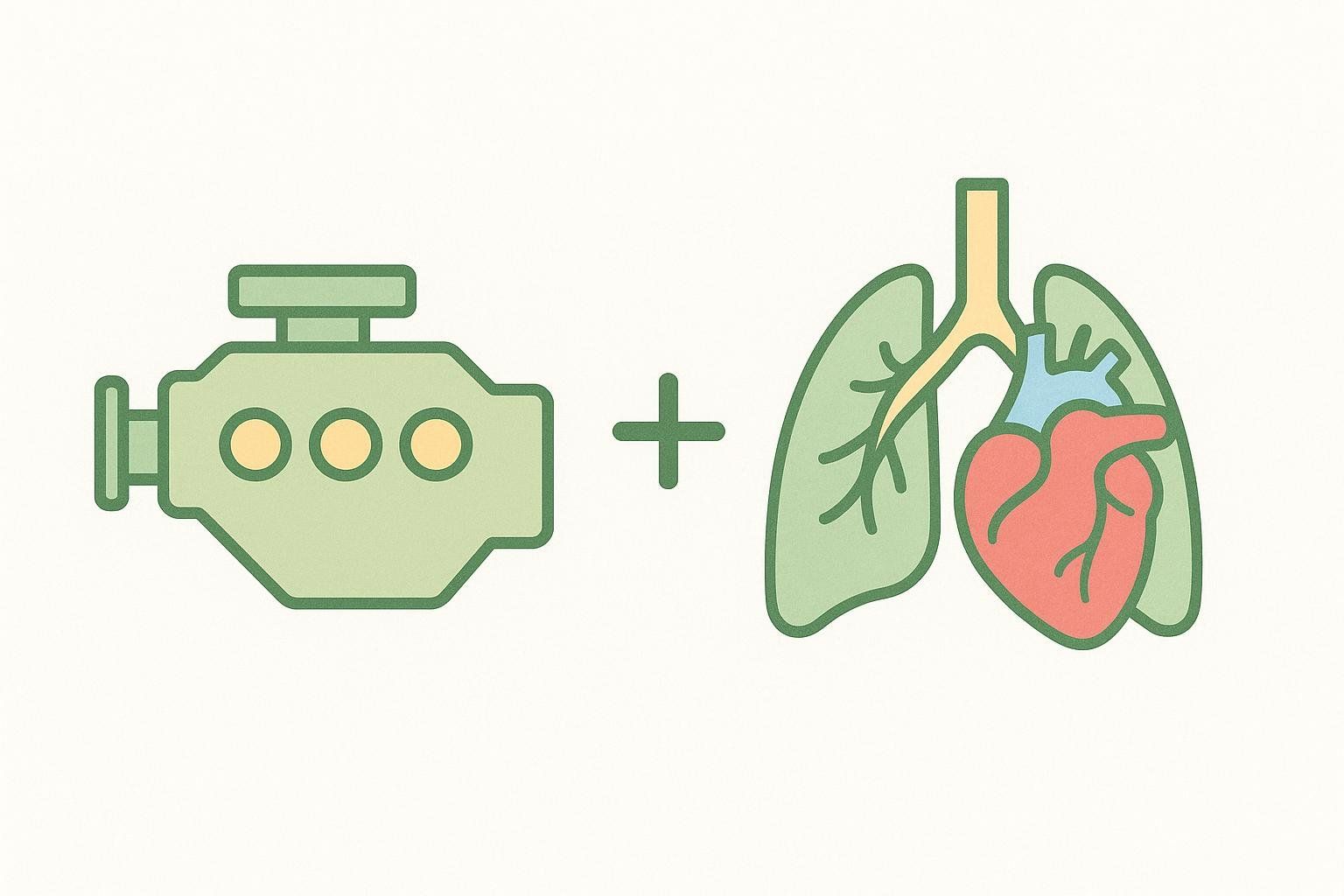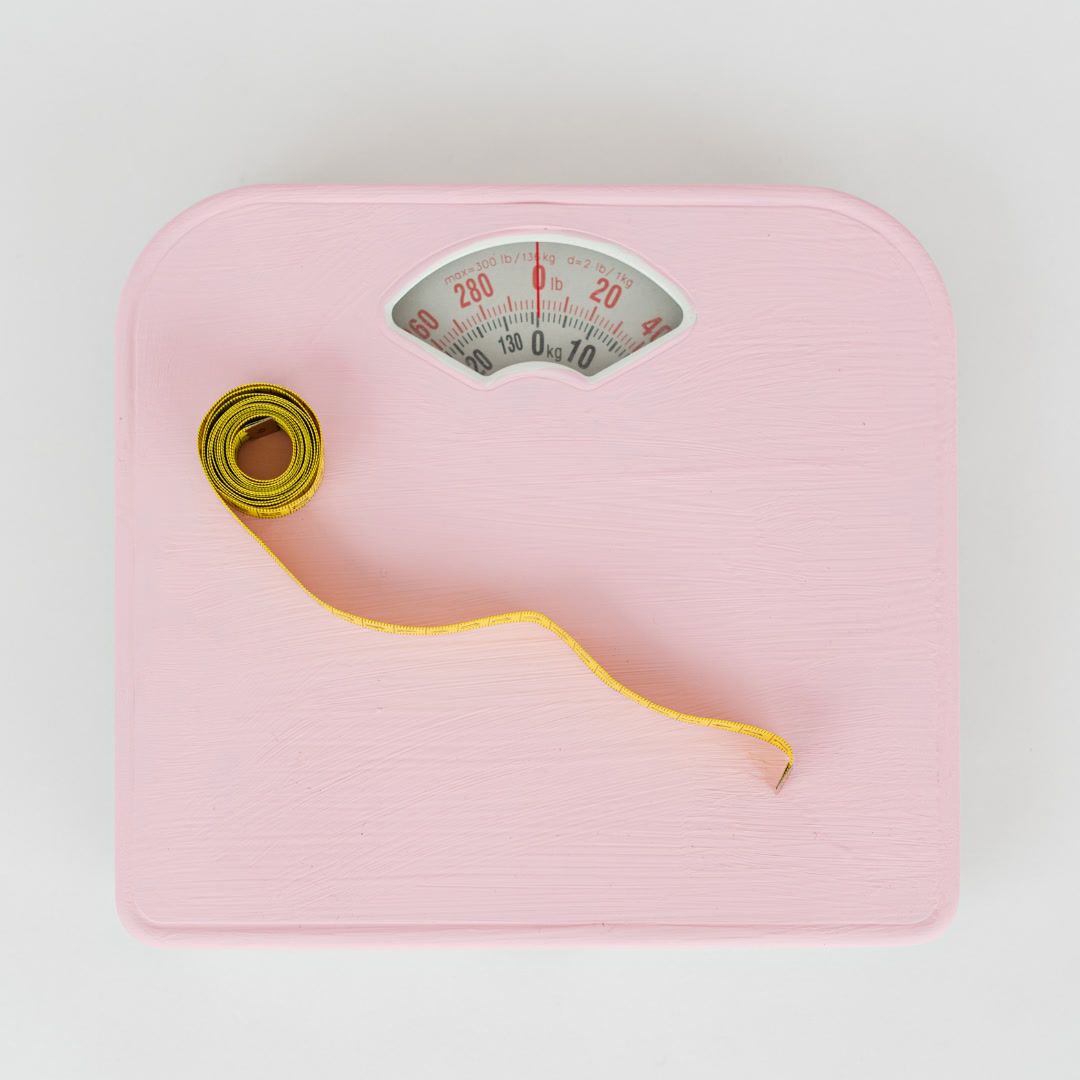How to Build Endurance: A Science-Backed Guide

How to Build Endurance: A Science‑Backed Guide
Want to go farther without fading, finish a half‑marathon strong, or just feel energized from morning to evening? If you’ve been wondering how to build endurance without living in the gym, this guide gives you clear, simple steps that work.
TL;DR
- Make ~70–80% of your cardio easy, sprinkle in 1–2 hard sessions (tempo or intervals), and build up slowly.
- Aim for 150+ minutes/week moderate or 75+ minutes/week vigorous cardio, plus 2 strength days (CDC recommendations).
- Guide your intensity with heart‑rate zones or RPE. Track body‑composition changes with periodic BodySpec DEXA scans so you’re losing fat—not muscle.
- Sleep 7–9 hours to recover and adapt.
Essential BodySpec Guides
- Heart rate guidance: Learn zones and use our calculator in heart‑rate training guide.
- Train by feel: Calibrate with our RPE quick guide.
- VO₂ max primer: See our guide to VO₂ max.
Endurance 101: What you’re actually training
Endurance training improves how well your heart, lungs, blood, and muscles team up to deliver and use oxygen. Think of your body as a car: a strong engine (cardiorespiratory fitness) and efficient fuel lines (capillaries and mitochondria) help you go longer before fatigue. Cleveland Clinic describes cardiovascular endurance as your ability to sustain exercise because your heart and lungs supply oxygen effectively—and notes that both steady aerobic work and intervals can improve it (Cleveland Clinic). Key concepts to understand include:

- VO₂ max: Your maximum ability to use oxygen during hard exercise—the aerobic “horsepower.” A higher VO₂ max generally links to better health and performance (Harvard Health).
- Lactate/ventilatory threshold: The hardest pace you can hold before fatigue ramps quickly. Training near this threshold teaches your body to clear and reuse lactate more efficiently. This intensity is an adequate stimulus for beginners. Trained athletes often benefit from higher‑intensity work closer to VO₂ max—for example, intervals at ~90–95% max HR—as a meta‑analysis on lactate thresholds suggests. Muscle adaptations like more mitochondria and capillaries also help you lean on fat for fuel and keep acid‑base balance steady, as noted in a review of skeletal muscle adaptations.
How much should you do each week?
Follow public‑health guardrails and adapt to your goal and schedule:
- At least 150 minutes/week of moderate intensity (you can talk in sentences) or 75 minutes/week vigorous (only a few words), plus 2 days of muscle‑strengthening, per the CDC.
- New or returning to exercise? Start with 10–20 minute bouts and build to those totals over a few weeks.
Pro tip: If time is tight, mix intensities. For example, 2 short interval sessions + 2 easy sessions can hit the mark.
Choose your intensity: zones you can actually use
You don’t need a lab to train smart. Use either heart‑rate zones or perceived effort (RPE).
- Heart‑rate zones: See our breakdown and calculator in the heart‑rate zones guide. As a quick anchor, the American Heart Association classifies moderate ≈ 50–70% max HR and vigorous ≈ 70–85% (AHA).
- RPE (how it feels): On a 0–10 scale, easy base work feels like 3–4; all‑day steady is 5–6; threshold 7–8; short VO₂ intervals 9–10. Calibrate with our practical RPE guide.

If you are taking medication that affects heart rate, using RPE and the talk test is more reliable than relying on strict heart‑rate targets.
A simple 4‑phase framework (repeatable cycles)
Structure your training in simple, repeatable blocks:

1. Base Phase (3–4 weeks)
- Spend 60–80% of your time at easy Zone 2 / RPE 3–6.
- Optionally include one short interval session weekly.
- Strength train 2×/week (full‑body).
2. Build Phase (3–4 weeks)
- Keep easy volume but add one additional hard session per week: either a threshold workout (RPE 7–8) or a VO₂ max session (short, hard intervals). Rotate which one you emphasize week to week for a safer progression.
3. Peak Phase (2–3 weeks)
- Sharpen with goal‑specific workouts (race‑pace/tempo, longer intervals) while keeping most minutes easy so you absorb the hard work.
4. Deload (1 week)
- Reduce volume by ~30–50% and include one short session with a few brief, faster efforts—e.g., 4 × 30 seconds brisk with full recovery—to stay sharp.
Cycle these phases for steady, low‑risk progress.
Goal‑Specific Plans for Building Endurance
These plug‑and‑play weeks use the 4‑phase principles. Pick the track that fits your life. All sessions include warm‑ups and cooldowns. Keep easy days truly easy.
1) Low‑impact “Walk‑to‑Endurance” plan (great for beginners or joint concerns)
- Weekly target: 3–5 sessions, building toward 150–210 minutes/week at conversational pace
- Mix options: Brisk walks, cycling, pool walking/swimming, elliptical
- Sample week (30–40 minutes/session)
- Day 1: 10‑minute warm‑up, then 4 × (3 min faster, RPE 5–6 + 2 min easy); finish easy.
- Day 2: 30–40 minutes steady at Zone 2 (talk in sentences).
- Day 3: 8 × 1 minute brisk (≈ RPE 6) + 1 minute easy, then 10‑minute cooldown.
For more focused sessions, see bike workouts for endurance and steady‑state cardio principles.
Safety: Choose pain‑free options and progress time first, then intensity.
2) “Busy‑but‑serious” 30–35 minute endurance builder (3–4 days/week)
Designed for tight schedules while respecting recovery.
- Weekly structure:
- High‑intensity interval session (≈ 30–35 min): Warm up 8–10 min easy. Do 6 × 1 min hard (RPE 9) + 2 min easy. Cool down 6–8 min.
- Zone 2 base (30–40 min): Stay conversational.
- Threshold tempo (≈ 30–35 min): Warm up 8–10 min easy. Do 2 × 8 min at RPE 7–8 + 3 min easy. Cool down 5–7 min.
- Optional cross‑train (20–40 min): Easy bike, row, or swim at conversational effort.
3) Sub‑2:00 Half‑Marathon blueprint (12 weeks, 4–5 days/week)
Aim: Average ~9:09/mile (5:41/km).
To set your training paces, use a free VDOT or race‑time calculator (based on a recent 10K) to translate your performance into easy, tempo, and interval paces. A helpful option: Bears TC VDOT & training pace calculator. Cross‑check with RPE/HR to adjust for heat, hills, or fatigue.
Core weekly workouts
- Easy run: 40–60 minutes at Zone 2.
- Tempo/threshold: Start with 2 × 10 minutes at RPE 7–8; build to 3 × 12–15 minutes with 3–4 minutes easy between.
- VO₂ intervals: 5–6 × 3 minutes hard (RPE 9) + 2–3 minutes easy.
- Long run: Start at ~7–8 miles early in the plan, progressing to 11–13 miles during peak weeks; finish the last 2–3 miles at the upper end of Zone 2 (or into low Zone 3 if you feel strong).
- Strength work: Two full‑body sessions weekly (30–40 minutes) on non‑consecutive days—ideally after the easy run or separate from intervals.

Sample build‑phase week (e.g., Week 8)
- Day 1: Rest or active recovery (≤ RPE 4).
- Day 2: Easy run — 40–50 minutes at Zone 2. Then 30–40 minutes full‑body strength.
- Day 3: Tempo session — 3 × 12 minutes at RPE 7–8 + 4 minutes easy.
- Day 4: VO₂ session — 6 × 3 minutes hard / 2 minutes easy, then 10‑minute easy cooldown.
- Day 5: Long run 12 miles, easy to steady.
- Day 6: Optional 30 minutes easy cross‑training + second 30–40 minute full‑body strength session.
New to running? Start here first: Beginner 8‑week 5K plan
Strength, mobility, and recovery: the endurance multiplier

- Strength (2 days/week): Squats, hinges, pushes, pulls, calf work. Improves running economy and durability—and checks the CDC’s muscle‑strengthening box. Learn more in our guide to strength training for runners.
- Mobility: 5–10 minutes post‑cardio or as a micro‑session; hips/ankles/thoracic spine are high�‑yield.
- Active recovery: Keep gentle movement on “off” days to boost circulation and reduce stiffness: active recovery guide
- Hydration/electrolytes: Especially for long or hot sessions—see hydration strategies.
Fueling and sleep (the quiet half of endurance)
- Daily nutrition: Protein with each meal; carbs around hard sessions; colorful plants for micronutrients.
- During long efforts (> 60–90 min): Many athletes do well starting around 30–60 g carbs/hour with fluids and sodium—dial this in with practice (ACSM-aligned review).
- Sleep: 7–9 hours supports cardiovascular adaptations and glycogen restoration. Under‑recovery blunts progress even on a perfect plan.
Track what matters with BodySpec (and actually see progress)
You can feel fitter without seeing the whole picture. BodySpec DEXA scans give you a precise read on fat mass, lean mass, bone density, and visceral fat—so you know your endurance plan is building the right engine.
How to use DEXA alongside training:
- Set a baseline: Scan before (or within week 1–2 of) your plan: DEXA Body Scan: Procedure, Cost & Booking.
- Re‑scan every 8–12 weeks: That cadence matches common training cycles and gives time for measurable changes.
- What to look for:
- Lean mass preserved or up (especially legs/core) while fat mass trends down.
- Visceral fat decreasing—great for heart and metabolic health.
- If lean mass dips while volume climbs, bump protein, keep 2×/week strength, and ease intensity for a week.
- Close the loop: Pair your training log with objective body‑comp data for smarter adjustments. If you like numbers, compare scan‑to‑scan android/gynoid fat and regional lean mass to see exactly where you’re adapting. Curious about precision? See our BodySpec accuracy guide.
Ready to book or re‑book? Schedule your BodySpec scan in minutes.
FAQs (quick answers)
What is VO₂ max and why does it matter?
It’s your max oxygen‑use capacity during hard exercise—an indicator of aerobic fitness and health. Higher VO₂ max is linked to better longevity and performance (Harvard Health; Cleveland Clinic).
How long does it take to build endurance?
Most people feel meaningful improvements within 4–8 weeks of consistent training; beginners may notice changes sooner, while experienced athletes progress more gradually.
What heart‑rate zone should I train in to build endurance?
Make most minutes Zone 2 (conversational) and add 1–2 harder sessions weekly. This mix builds capacity efficiently (CDC; Cleveland Clinic).
Is HIIT better than steady state for endurance?
Both improve fitness. VO₂ max increased in both groups. The moderate continuous group showed a greater reduction in systolic blood pressure, according to an 8‑week randomized trial comparing low‑volume HIIT to moderate continuous training. Choose the style you’ll do consistently and can recover from.
How do I train safely if I’m 60+ or new to exercise?
Favor low‑impact modalities (walking, cycling, pool), progress duration first, and keep intensity conversational. The CDC’s 150‑minute weekly target applies to older adults too—adjust pace to what’s “moderate” for you (CDC).
References (selected)
- Cleveland Clinic: How to Improve Cardiovascular Endurance
- CDC Physical Activity Guidelines for Adults
- Harvard Health: VO₂ max—what it is and how to improve it
- Adaptations of skeletal muscle to prolonged, intense endurance training
- Effect of training on lactate/ventilatory thresholds: meta‑analysis
- HIIT vs. Moderate Continuous Training RCT
- AHA Target Heart Rates
- CDC: What Counts for Older Adults
- ACSM-aligned: Carbohydrate intake during endurance exercise
Your next step
Pick the plan that fits your life, keep most sessions easy, and add a little “hard” where it counts. Then measure what matters: schedule a BodySpec DEXA scan to track fat, muscle, and visceral fat changes alongside your fitness gains, and revisit this plan every 8–12 weeks to level it up. Book your scan here.


